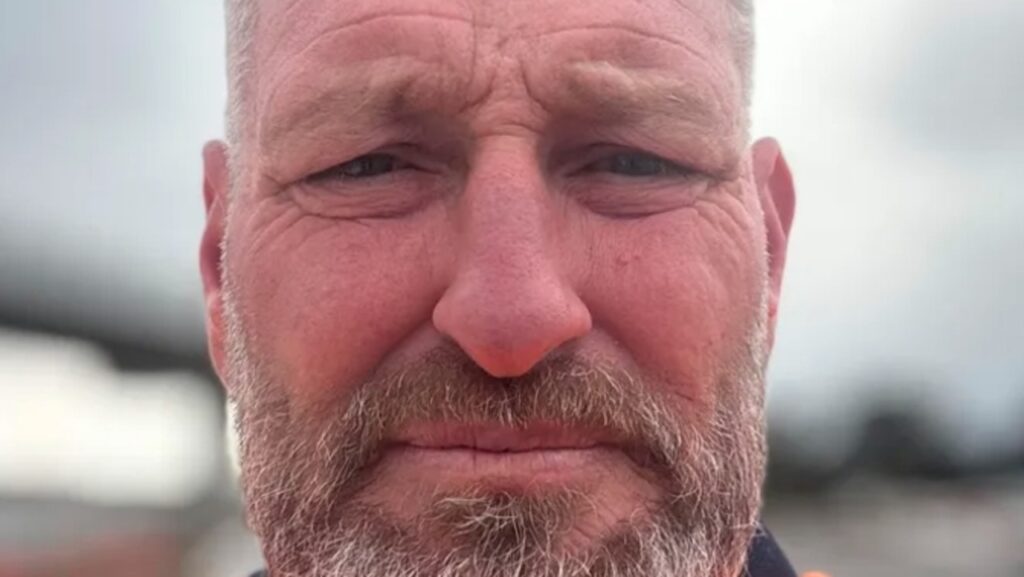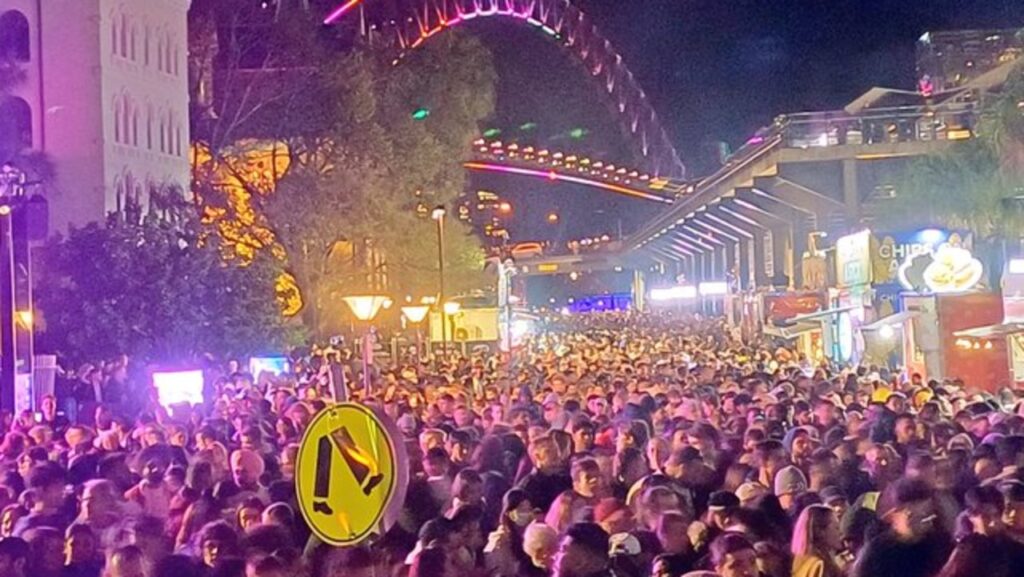Small relief in sight for battling renters
Written by admin on July 9, 2024
Property investors have delivered a small ray of sunshine to Australia’s embattled rental community, with vacancy rates across the ultra-squeezed market easing slightly in June after years of sustained tightening.
REA’s latest PropTrack Market Insight Report shows the national rental vacancy rate rose by 0.09 per cent in June to hit 1.42 per cent, with Sydney and Melbourne leading the pack.
Sydney lifted 0.2 points to 1.68 per cent and Melbourne has edged up 0.12 points to 1.5 per cent.
Vacancy rates in Brisbane, Adelaide, Perth, Hobart and the ACT all remain relatively flat, with each city lifting less than 0.1 per cent.
Darwin was the only major city to record a decline, falling 0.41 points to 1.15 per cent.
Across all capital cities, the vacancy rate now sits at 1.46 per cent.
PropTrack senior economist Anne Flaherty cites an increase in investor activity for the ease off.
“Supporting higher vacancy rates has been an increase in investor activity, which is contributing to an increase in the number of available rental properties,” she said.
“Despite the recent easing in vacancy rates, the chronic undersupply of rental properties is likely to continue over the next few years.
“Development activity is lagging population growth, with the shortfall in new housing worst in WA, Queensland, and NSW.
“While vacancy across the capital cities increased over the month, the regional vacancy rate held relatively steady. Regional vacancy is now lower than combined capital cities.”
The combined vacancy rate for regional Australia sits at 1.31 per cent, with regional South Australia the tightest at 1.22 per cent.
Since March 2020, the national rental vacancy rate has slumped 43 per cent.
The shrinking number of available properties is most advanced in Sydney, Perth and Darwin, with the cities recording declines of 49 per cent, 50 per cent and 76 per cent, respectively, in the past four years.
Regional WA, South Australia and Queensland have fallen 60 per cent, 52 per cent and 48 per cent, respectively.
State and federal government are now battling to correct the dramatic imbalance between housing supply and demand that is crippling renters and first-home buyers.
South Australia will cut out local councils from planning consent requirements for new homes within master-planned greenfields zones, meaning builds that meet basic criteria can bypass the council process and go directly to the building consent and final development approval phases.
The federal government is targeting 1.2 million new homes out to 2029.
Queensland Premier Steven Miles has also called on the federal government to reduce migration to allow for states to catch up on home building.
“While our Homes for Queenslanders plan will deliver more homes, if migration continues at current levels we’ll need tens of thousands more homes every year than industry can build,” he said on May 14.
“The federal government needs to assist us to ensure infrastructure keeps pace with population growth.”
Net overseas migration was 547,300 in 2023, according to the latest population statistics from the ABS.







